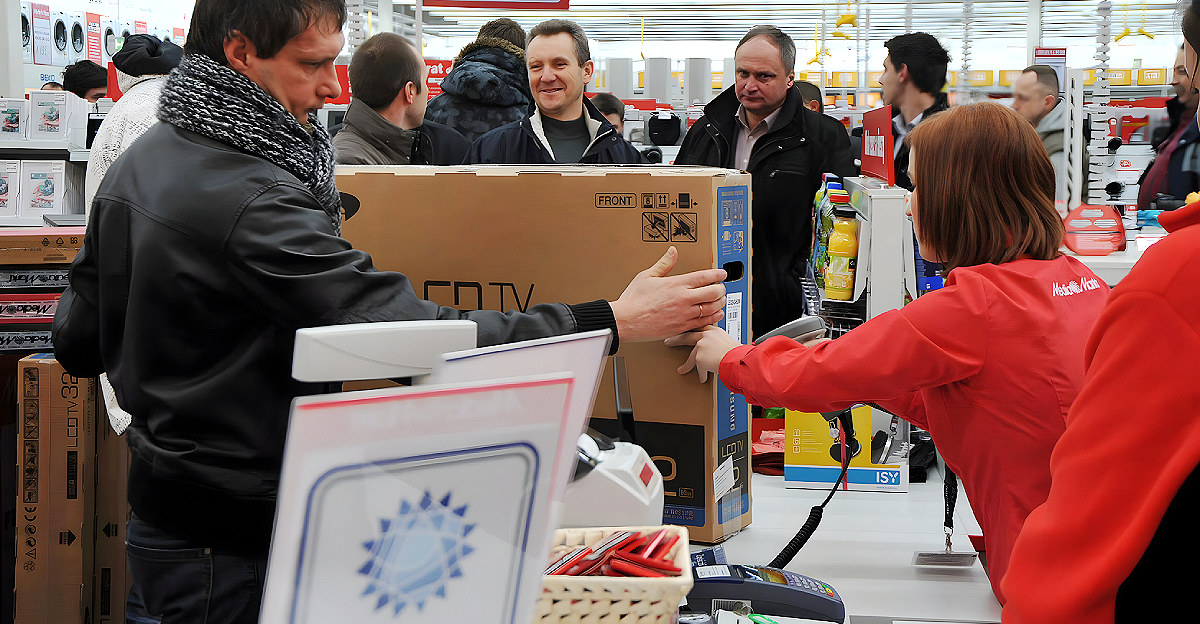
For 12 years, Target pioneered an industry-first by matching prices from online rivals like Amazon and Walmart. Then-CEO Gregg Steinhafel promised the policy would make Target “unbeatable value,” giving shoppers confidence they were getting the best deal. This promise created an enormous loyalty base—worth billions in extra sales by deterring price-sensitive customers from defecting.
But on July 28, 2025, that era ended. Loyal shoppers nationwide felt blindsided: the once-beloved perk was gone, removing a hallmark advantage that had set Target apart. It was truly the end of an era for Target’s retail strategy.
Financial Freefall
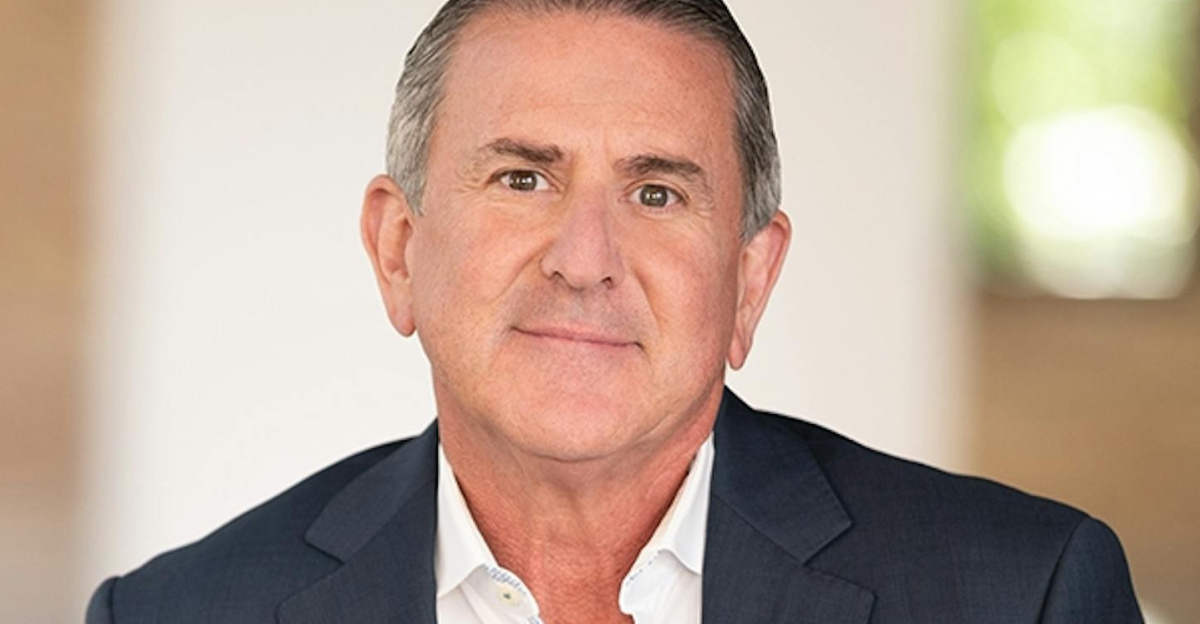
Target’s reversal coincides with a sales slump. First-quarter 2025 revenue dropped 2.8% year-over-year to $23.8 billion, falling short of Wall Street forecasts by nearly half a billion dollars. Foot traffic and transactions are down, and average spending per visit has shrunk. The company now predicts sales will decline through 2025.
CEO Brian Cornell warned the environment is “incredibly challenging” and said it’s prudent to assume top-line pressures will continue.
Pioneer’s Promise

When first introduced in 2013, Target’s Price Match Guarantee was hailed as a game-changer. The policy extended year-round to match Amazon, Walmart, Best Buy and other major online competitors, something no other big brick-and-mortar chain had done. CEO Gregg Steinhafel said it would let “guests confidently shop at Target every day for the best value in retail”.
Customers could request refunds within two weeks if they found a better price elsewhere, effectively creating a safety net. The pledge built unprecedented trust: shoppers knew Target would fight to give them the lowest price on those top products.
Mounting Pressures
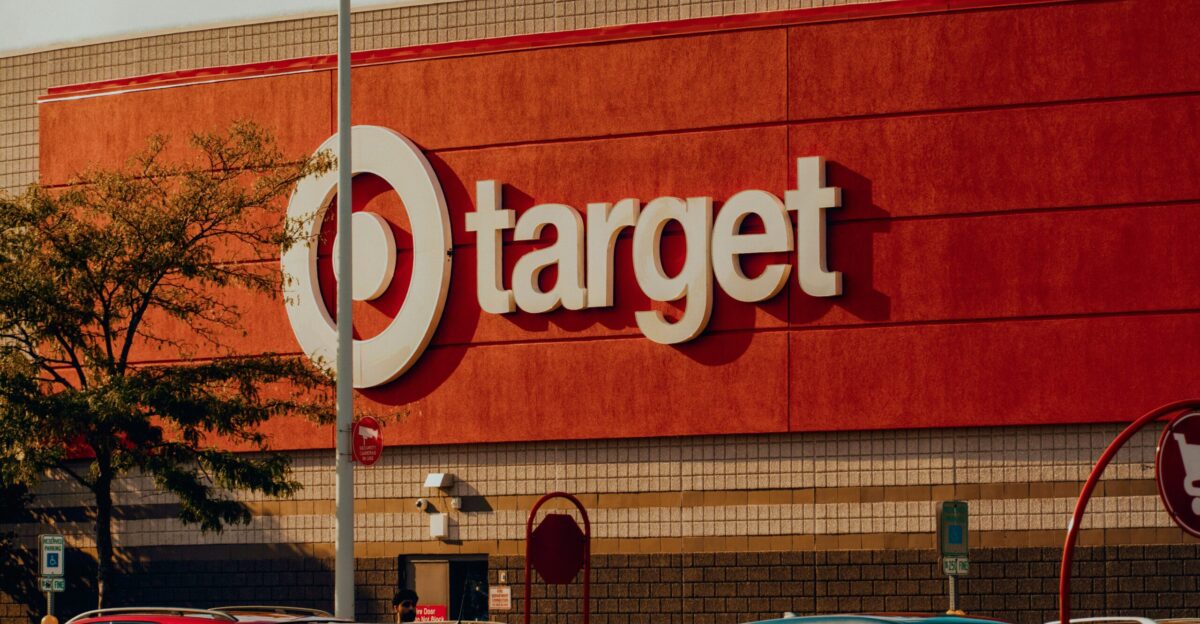
In the past year, a perfect storm of headwinds hit Target. Consumer confidence fell for five straight months on inflation and economic uncertainty, and trade-war tariffs raised costs. CEO Brian Cornell described the climate as “incredibly challenging”. At the same time, controversy over Target’s rollback of diversity programs led to consumer boycotts, visibly reducing store traffic.
Meanwhile, online competitors continued to lure shoppers with low prices and convenience. These pressures – weak discretionary spending, rising costs and protest actions – eroded Target’s sales and made a generous price-match pledge harder to sustain.
Policy Terminated
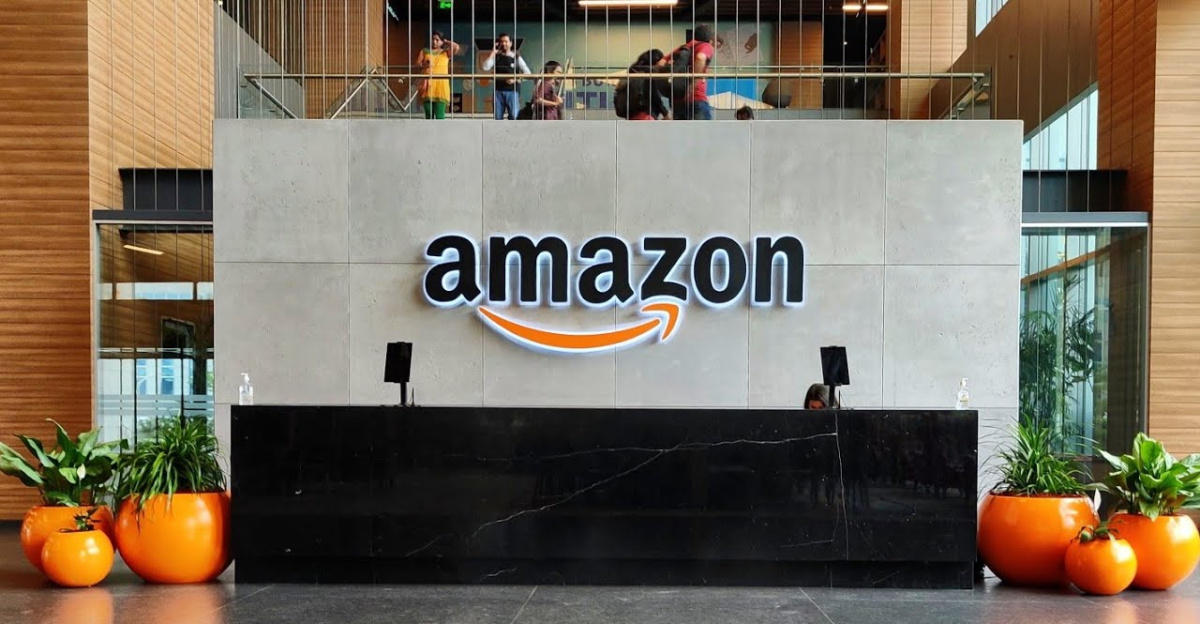
On July 28, 2025, Target officially scrapped its 12-year price-match guarantee with Amazon, Walmart and other rivals. Going forward, price adjustments will apply only to items sold within Target’s stores or on Target.com, effectively ending cross-retailer matching. The company tried to spin it positively: a Target spokesperson claimed “our guests overwhelmingly price match Target and not other retailers,” suggesting shoppers already trust Target’s pricing.
Many customers saw this as corporate doublespeak. One longtime shopper tweeted, “This was like 90% the reason why people even preferred Target,” capturing the sense of betrayal felt by many.
Customer Revolt

Online forums lit up with anger. Shoppers who relied on the safety net reacted furiously. One Reddit user lamented, “I’ve gotten some crazy deals price matching to Amazon… R.I.P. price matching,” while another vowed, “I’ll just buy less or buy it where it’s cheaper”. Dozens of posts vowed to shop elsewhere. In short, core customers interpreted the change as a sign that Target was abandoning its people-first reputation.
Social media shows many users saying they’ll simply switch their business to lower-priced stores if Target won’t protect them. The outcry makes clear that for many, this wasn’t just about money – it felt like a broken promise.
Employee Impact
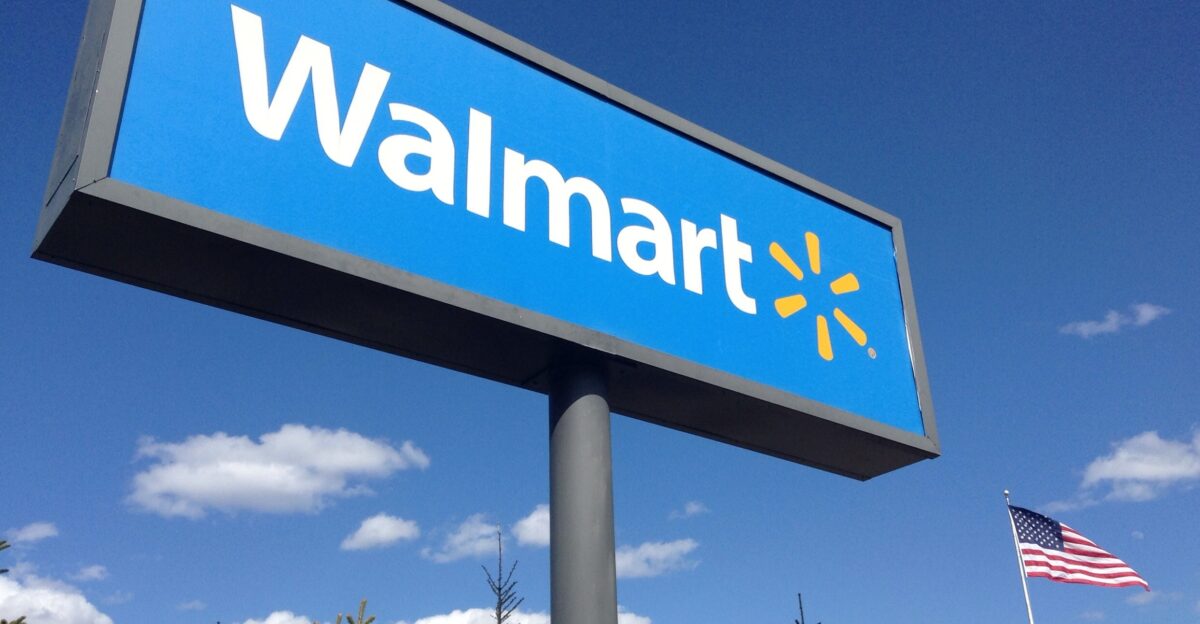
Target’s store teams are bracing for the fallout. Many workers report that price matching was one of the most common customer requests, especially for items found cheaper on Amazon or Walmart. Now, cashiers must explain the abrupt cut-off to disappointed guests, often under pressure. Some employees privately say corporate just doesn’t get it: one remarked that “never have I had a guest ask to lose the ability to price match,” calling the company’s explanation “double-speak.”
With holiday crowds coming, staff worry they’ll face heightened tensions on the floor. In short, frontline workers fear the new policy will lead to daily confrontations with frustrated customers.
Competitive Landscape

Target now stands among retail peers that have largely abandoned price guarantees. Walmart dropped its online price-match policy in 2019 (now only matching Walmart.com), and Amazon never offered any price matching of third-party sellers. Few major chains still match competitors’ online prices. Best Buy and Home Depot are among the rare exceptions still promising full price-match guarantees on qualifying rivals.
Analysts note this is a broader industry shift: many retailers are “hoarding” margin in inflationary times by ending price promises.
Market Share Exodus
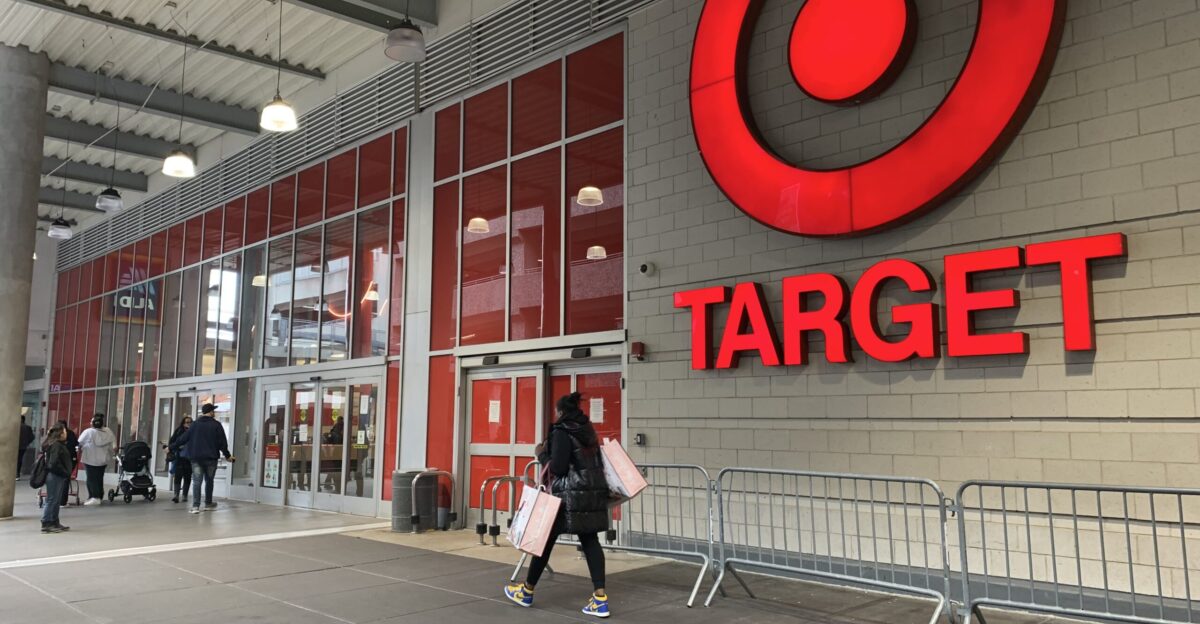
The struggles go deeper than pricing. In its latest earnings, Target revealed it held or gained market share in only 15 of the 35 product categories it tracks. In other words, it lost ground in the majority of its core businesses – from apparel and home goods to electronics and toys. CEO Cornell admitted this performance “we’re not happy with,” stressing the need to grow share in far more categories.
Meanwhile, rival Walmart has quietly won back higher-income shoppers (households over $100K) that used to favor Target, further squeezing the retailer. GlobalData’s Neil Saunders summed up the tone: he called these results “emblematic of a business that has made too many mistakes and has lost its way”.
Uncertain Future

With its signature perk gone, Target faces an identity test. The change signals a strategic shift toward cost-control over customer perks. But experts warn this risks further eroding loyalty. Consumer analyst Ashley Dudarenok says the move “eliminates a safety net for consumers”, effectively forcing shoppers to comparison-shop constantly. In effect, Target is banking on other strengths – its in-store “Tarzhay” experience and exclusive brands – to keep customers engaged.
Dudarenok calls this a gamble: she notes Target is hoping its loyal base will absorb the hit, but admits that’s “risky” given sluggish consumer spending.
Corporate Reset
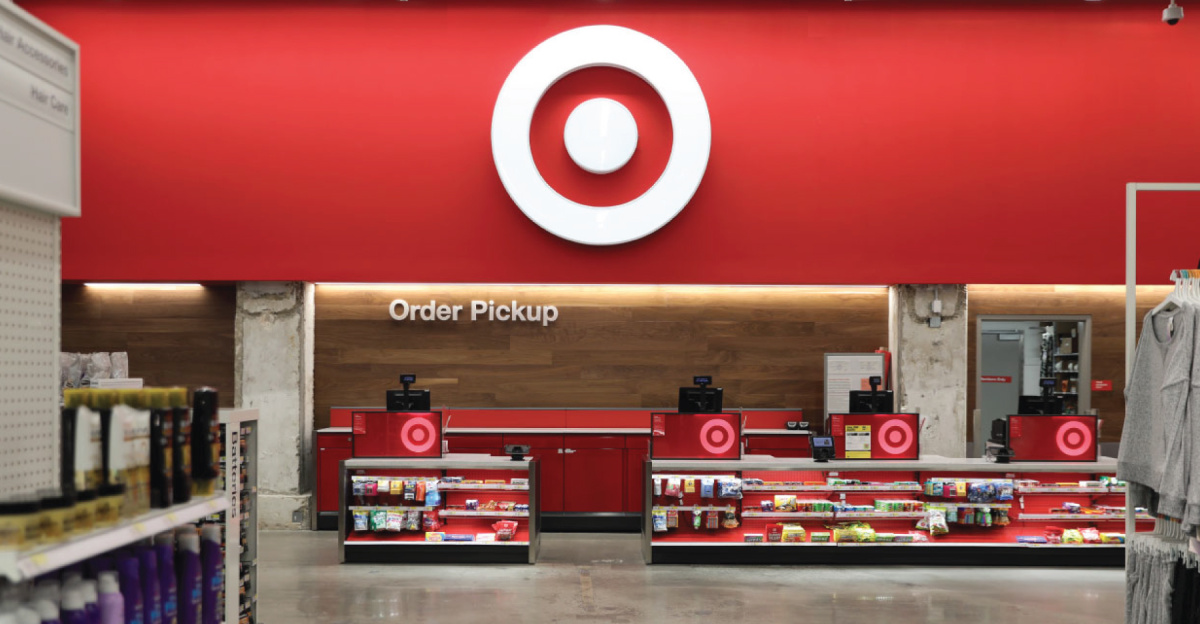
Behind the scenes, Target is scrambling. In May it announced major executive changes and created a new “Enterprise Acceleration Office” to speed up decision-making and execution. The company also cut its full-year guidance from modest growth to a slight decline. Management says it will focus on fundamentals: improving inventory systems, tightening costs and investing where needed.
Cornell and his team have pledged to channel more funds into stores, supply chains and technology even as sales lag.
New Perks & Partnerships
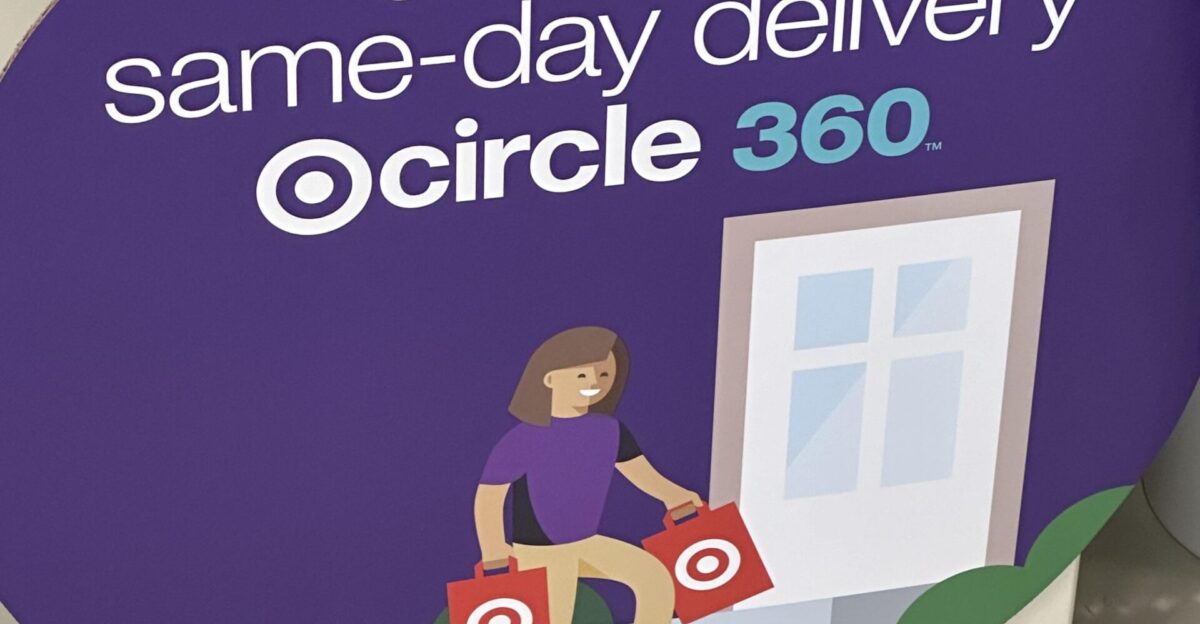
Meanwhile, Target is promoting other customer perks. It recently expanded its same-day delivery service – loyalty members can now use Target Circle 360 to get unlimited same-day shipments (via Shipt) from a wide range of stores at no extra fee. The retailer is also doubling down on exclusive merchandise.
Over the past year it has launched hundreds of new private-label products – for example adding Good & Gather grocery items and thousands of beauty and home goods – along with high-profile partnerships (Disney collections, Champion sportswear, even the hit Taylor Swift Eras Tour book).
Tarzhay Makeover
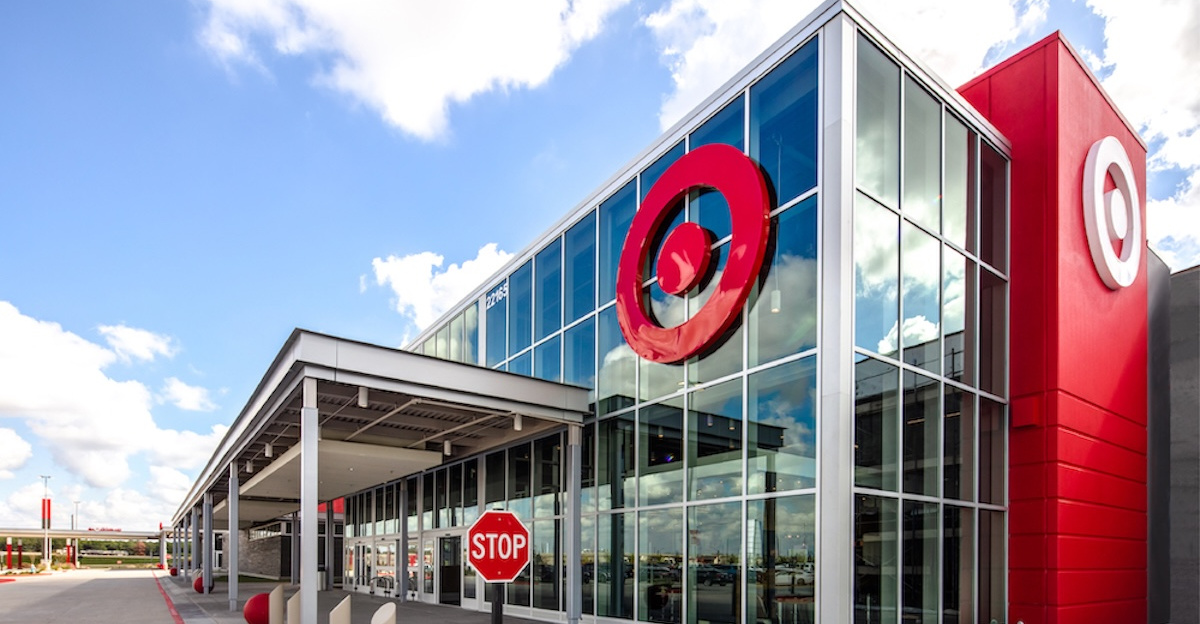
Target is also betting on its stores and “Tarzhay” brand magic to win back customers. Executives announced they will invest $4–5 billion this year to revamp existing stores (plus open 20 new locations) and upgrade distribution and tech. The goal: recapture the charm of the Target shopping experience.
Customers should soon see fresher store layouts, expanded cafes and more engaging displays – the kind of “everyday discovery” that once made Target a cult favorite.
Analysts’ Alarm

Market observers remain cautious. After the earnings call, analysts pared forecasts further. Neil Saunders (GlobalData) warned that Target’s challenges are “emblematic of a business that has made too many mistakes and has lost its way”. Credit agencies are skeptical too: one recent report even projects full-year revenue falling back toward $106 billion.
On the consumer side, the furor has emboldened activist shoppers – online campaigns and boycotts in recent weeks have kept the issue in the spotlight. In short, removing the price-match perk has shaken confidence. Retailers note that as competitors circle and economic uncertainty grows, Target must not only fix its financials but also rebuild the goodwill it once enjoyed.
The Road Ahead
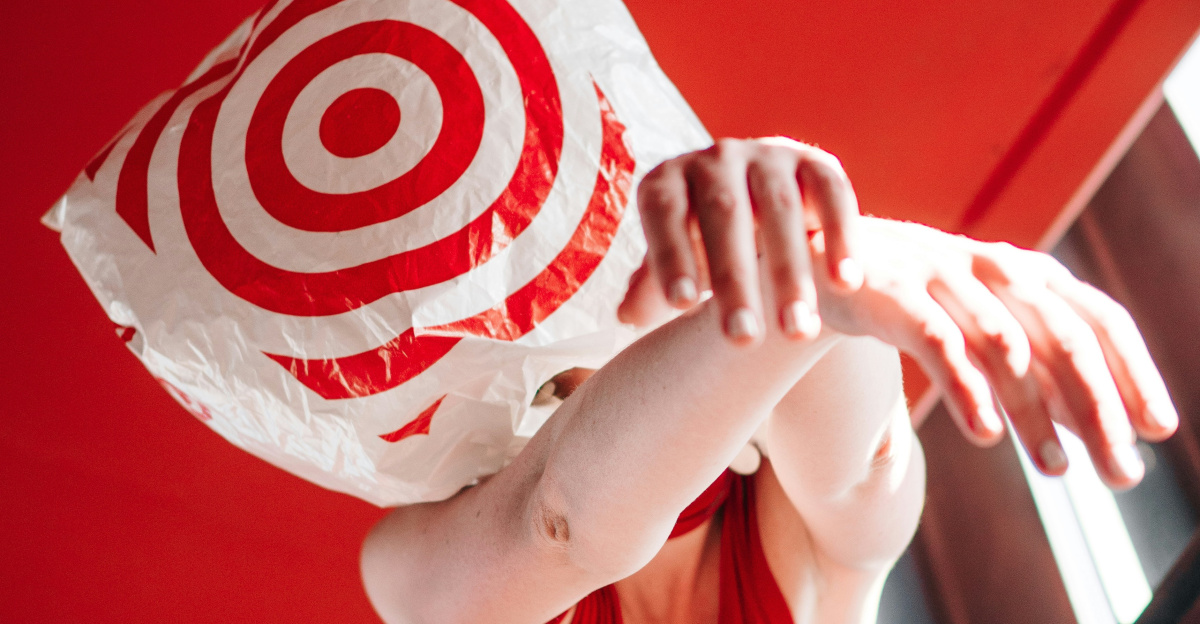
In the months ahead, Target will be tested on multiple fronts. It must prove that shoppers value its brands, services and revamped stores enough to stay loyal without the old price guarantee. A rebound could come if Target’s strategy drives traffic: better in-store experiences, unique products and targeted promotions. But if consumer momentum doesn’t return, the retailer risks a vicious cycle of shrinking sales and even fewer competitive advantages.